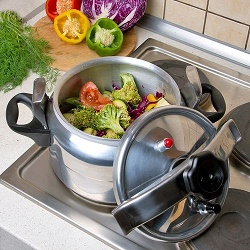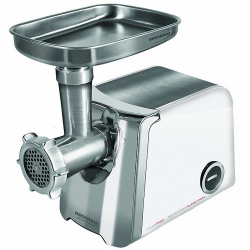How to make the right choice between a teapot and a thermopot
Choosing a kettle or thermopot, it is difficult to say right away that it will be better in this or that case. Both creations of modern developers deserve attention and have undeniable merits. The right choice will be based on exactly where the device will be used, how often users need hot water and how much it consumes. Both the first and second devices are similar only as a result - supplying users with boiling water, but the other aspects are significantly different.
Principle of operation
Teapot boils water in minutes, after which it automatically shuts off. Depending on the air temperature, the water is gradually cooled. After 20-30 minutes, the liquid will cool down.
Any electric kettle is mobile enough, if necessary, it can be moved from the kitchen to the room,from one office to another. Its volume, as a rule, is in the range of 0.5–3 l, and the most common among the population is 1.5–2.0 l.
There are more than enough varieties of this device, there are modifications of different styles, the body can be made of metal, glass, ceramics or plastic.
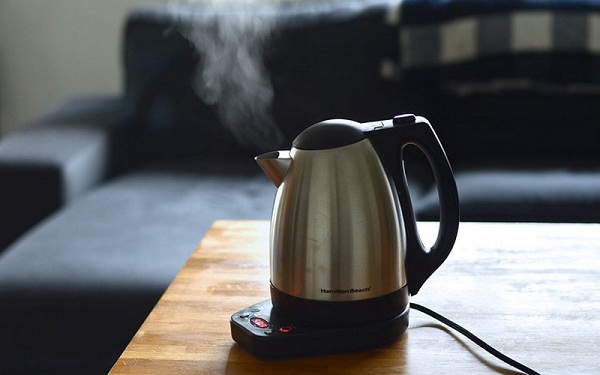
Thermopot - a stationary device of large volume, its usual rate varies from 2.5 to 6 liters. The device combines the functions of a kettle and the possibility of a thermos: it boils water, after which it maintains its temperature for 10-15 hours. Naturally, after a few hours the water cools down to 80-70 °, which is quite enough for a cup of fresh tea or coffee. Many models are equipped with an additional heater, which operates from the network and heats the water to the set value.
In a thermopot water boils longer than in an electric kettle, the process will take about 15 - 30 minutes. Liquid supply is carried out with an automatic or manual pump.
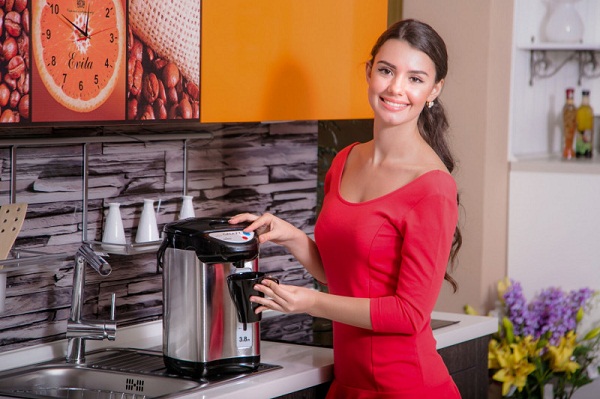
Efficiency
Many are worried about the financial side of the issue, which will be more profitable: a thermoscope or kettle. Thermopot boils a large volume of water once and for 10 hours its temperature will not fall below 70 °, the built-in heater consumes very little energy, from 30 to 100 watts.If you take the average values, you can calculate how much the device will cost the user:
800/4 = 200 W
So much consumes thermopot during boiling water. After we calculate the heating consumption, it will be about 30 W / h, for 10 hours the consumption will not exceed 300 W. The actual value will be less, because Teng is periodically disabled.
As a result, the average model will consume about 500 watts per day, and the thermal steam without heating function is only 200. But, it cannot be argued that it is more economical to purchase a thermowat: the power of some models reaches 1600 watts.
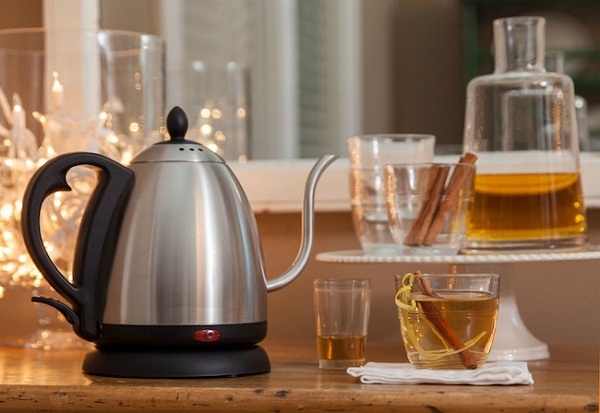
Practical energy consumption of the kettle somewhat higher despite its small size. A few boils per day will double the consumption, compared to a conventional thermo sweat.
1700/12 = 140 W
So much watts consumes a 1700 watt kettle in just one boiling cycle. Daily consumption of each calculate for himself, it all depends on how many times a day the user takes a break for tea.
As the statistics show, a family of 4 boils a 1.5-liter kettle about 5 - 6 times, which is about 800 watts per day. The difference per month will be 9 kW, but these are averaged statistics, real numbers may differ significantly.
Design differences
Knowledge of the basic technical differences between the two instruments may affect your choice.
- Electricity is necessary for the kettle only at the time of boiling water, Thermal net needs constant network, for supplying water and maintaining its temperature (of course, there are those models where a hand pump is installed, and the temperature is not maintained by the built-in heater, but by the dense heat-resistant walls).
- Dimensions and mobility - thermopot loses by both criteria.
- Almost all thermopots are equipped water filter, it needs to be changed once a month / quarter.
- The body of the kettle, often heats up very much, especially for materials such as glass or metal. Thermopot safer - its dense walls retain heat and do not heat up, eliminating the likelihood of injury.
- Some models of thermopota equip two water tanks, in one of them the heating temperature can be regulated. The device allows you to simultaneously pour water of different temperatures, like a cooler.

Functional features
The budget kettle option does not contain any remarkable features. Models of the middle or premium segment can boast of very useful additions:
- on timer;
- lock on without water or from accidental start (child lock);
- alarm clock; clock;
- thermostat, heated;
- remote control from a mobile gadget.
Thermopot is more functional and convenient to use. Even simple models contain at least 3 - 4 thermostat modes. Among the additional options you can find:
- child lock, blocking the inclusion of an empty device;
- adjustment of a single portion;
- locking lid when tipping;
- temperature adjustment;
- water level / network / filter / cleaning indicator;
- additional tank.
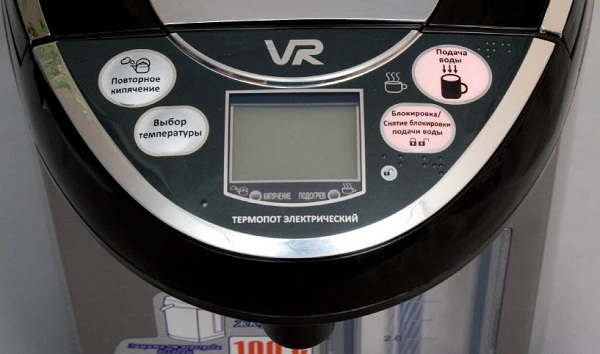
Summarize
Thermopot is slowly but surely pushing an ordinary electric kettle out of the market, but it is unlikely that it can completely replace it. Evaluating the design features, thermopot is advisable to purchase for a family of several people or for office. Simply put, it is needed where they drink tea, brew coffee, cereal or infant formula throughout the day. The device is “sharpened” precisely for such conditions of use, it is enough to estimate its power consumption and average volume.
Its second field of application is cottage, garden or recreation center. First, in such places there are problems with electricity and hot water. Secondly, it is enough for the user to boil water once, after which the thermal steam can be taken on a fishing trip, on a picnic or on the beach.
When there is no need for constant availability of boiling water, the thermal steam will be useless or energy-consuming - in these situations it is rational to choose any electric kettle. A simple, compact and light household appliance will bring water to a boil in the shortest time. It is the best choice for a small family or those users who spend a lot of time away from home.

/rating_off.png)






